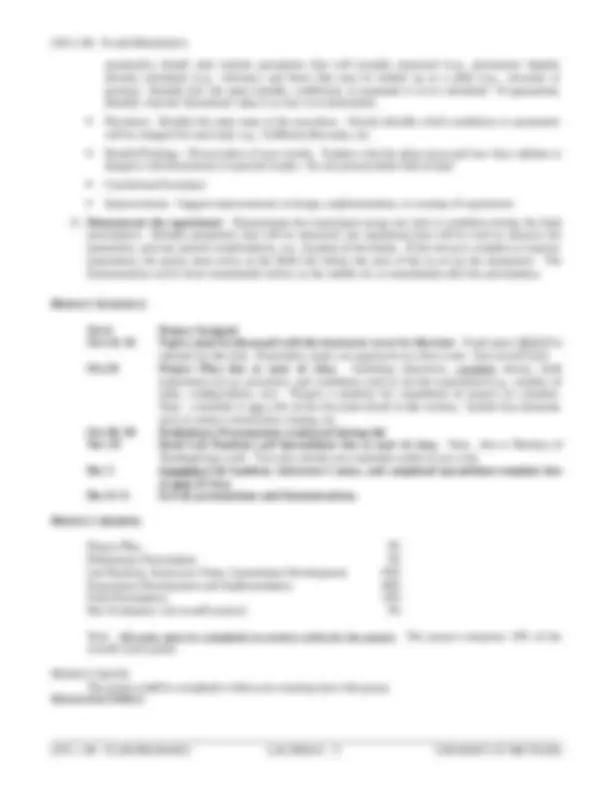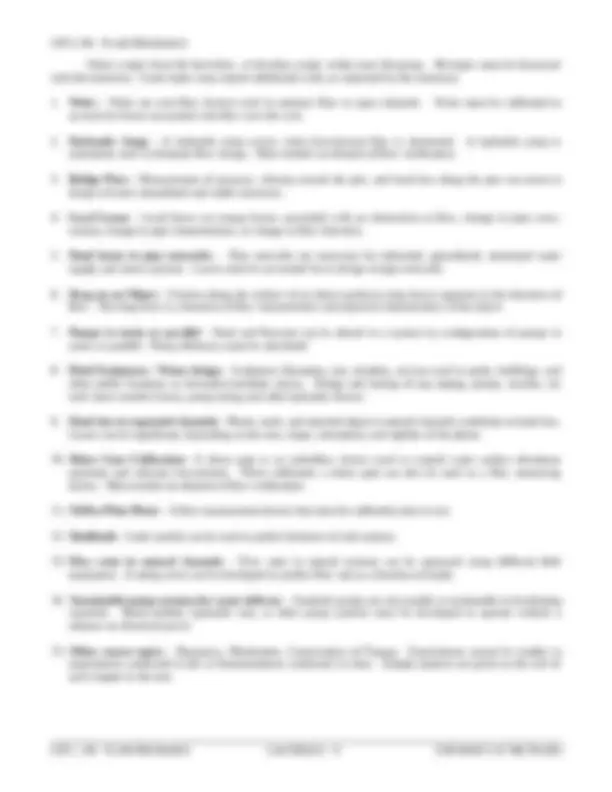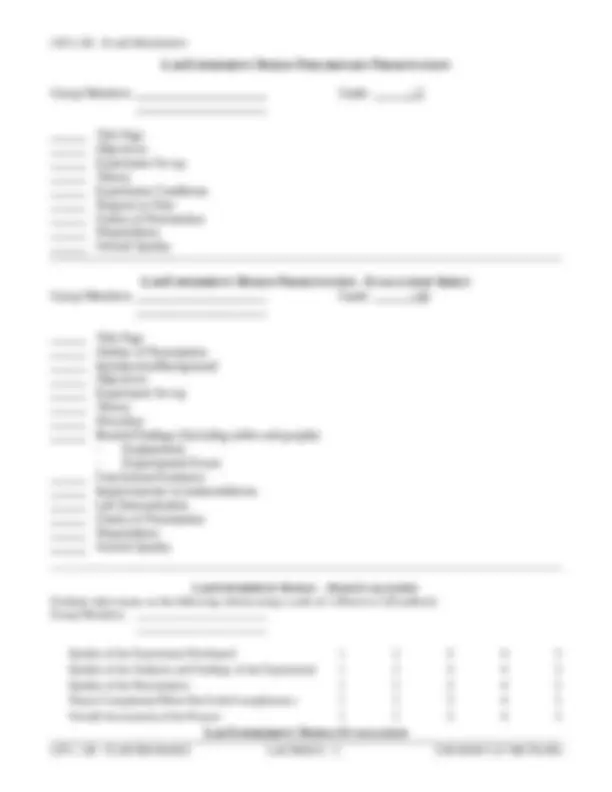





Study with the several resources on Docsity

Earn points by helping other students or get them with a premium plan


Prepare for your exams
Study with the several resources on Docsity

Earn points to download
Earn points by helping other students or get them with a premium plan
Community
Ask the community for help and clear up your study doubts
Discover the best universities in your country according to Docsity users
Free resources
Download our free guides on studying techniques, anxiety management strategies, and thesis advice from Docsity tutors
Material Type: Lab; Class: Fluid Mechanics I; Subject: Civil Engineering; University: University of the Pacific; Term: Unknown 1989;
Typology: Lab Reports
1 / 6

This page cannot be seen from the preview
Don't miss anything!




The objectives of this assignment are:
Provide answers to the "Discussion Questions" that are not directly related to the data analysis. e.g., any questions that ask about applications, expected results (if not already discussed), etc. Instructor's notes MUST include an additional section, labeled ' Improvements and Suggested Changes ', in which any suggested changes to the lab design, theory, implementation, or experimental procedure must be noted. **** Note:** The handout, completed spreadsheet, and instructor's notes must be submitted in hardcopy format and sent to the instructor by e-mail. When submitting the electronic copy, please label it with your name(s) and experiment, e.g., "Smith Jones Pipe Friction Spreadsheet.xls." You may use the spreadsheet and handouts made available on the course web site as templates.
Select a topic from the list below, or develop a topic within your lab group. All topics must be discussed with the instructor. Some topics may require additional work, as requested by the instructor.
Evaluate other teams on the following criteria using a scale of 1 (Poor) to 5 (Excellent): Group Members: Quality of the Experiment Developed: 1 2 3 4 5 Quality of the Analysis and Findings of the Experiment: 1 2 3 4 5 Quality of the Presentation: 1 2 3 4 5 Project Complexity/Effort-Put-Forth/Completeness: 1 2 3 4 5 Overall Assessment of the Project: 1 2 3 4 5